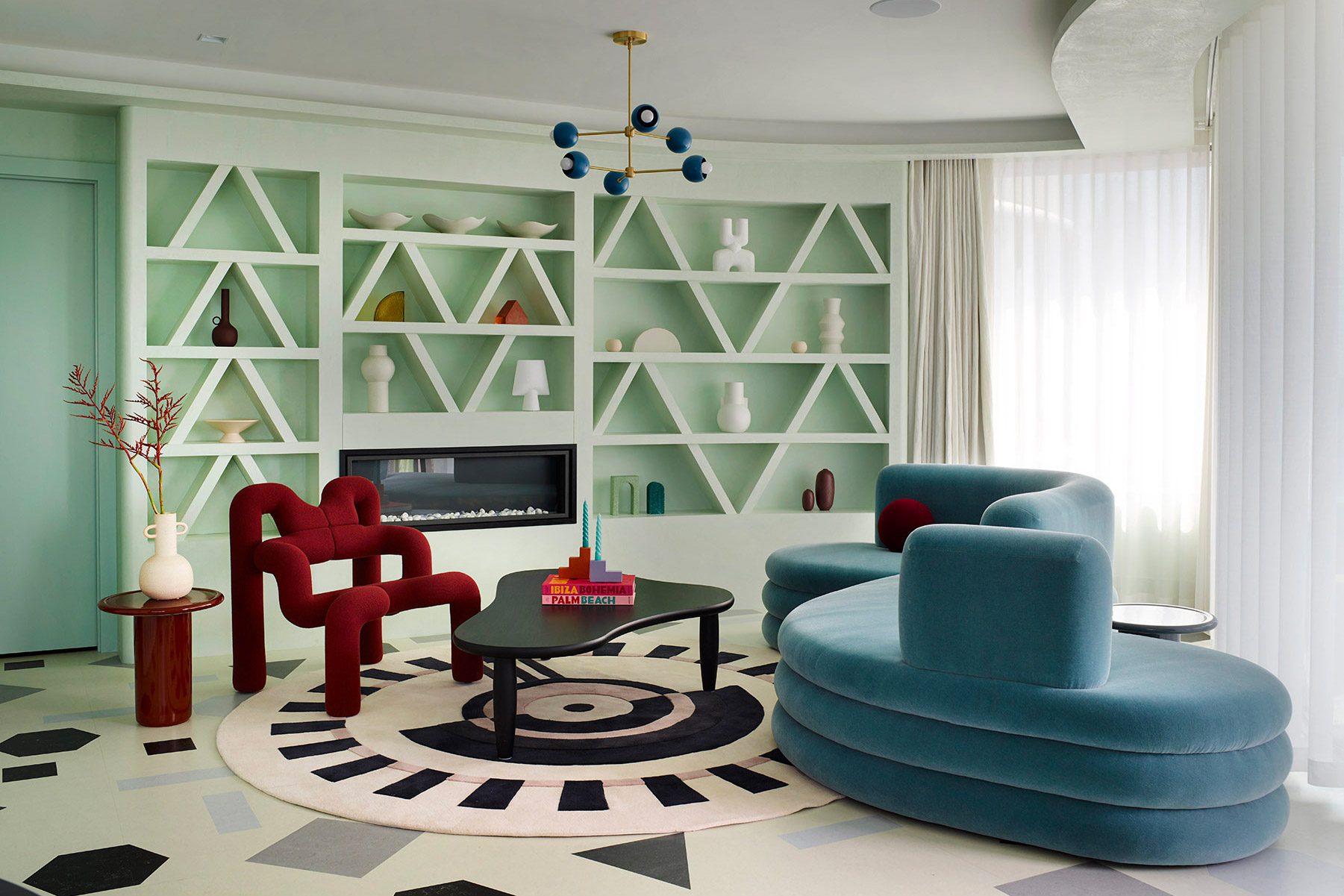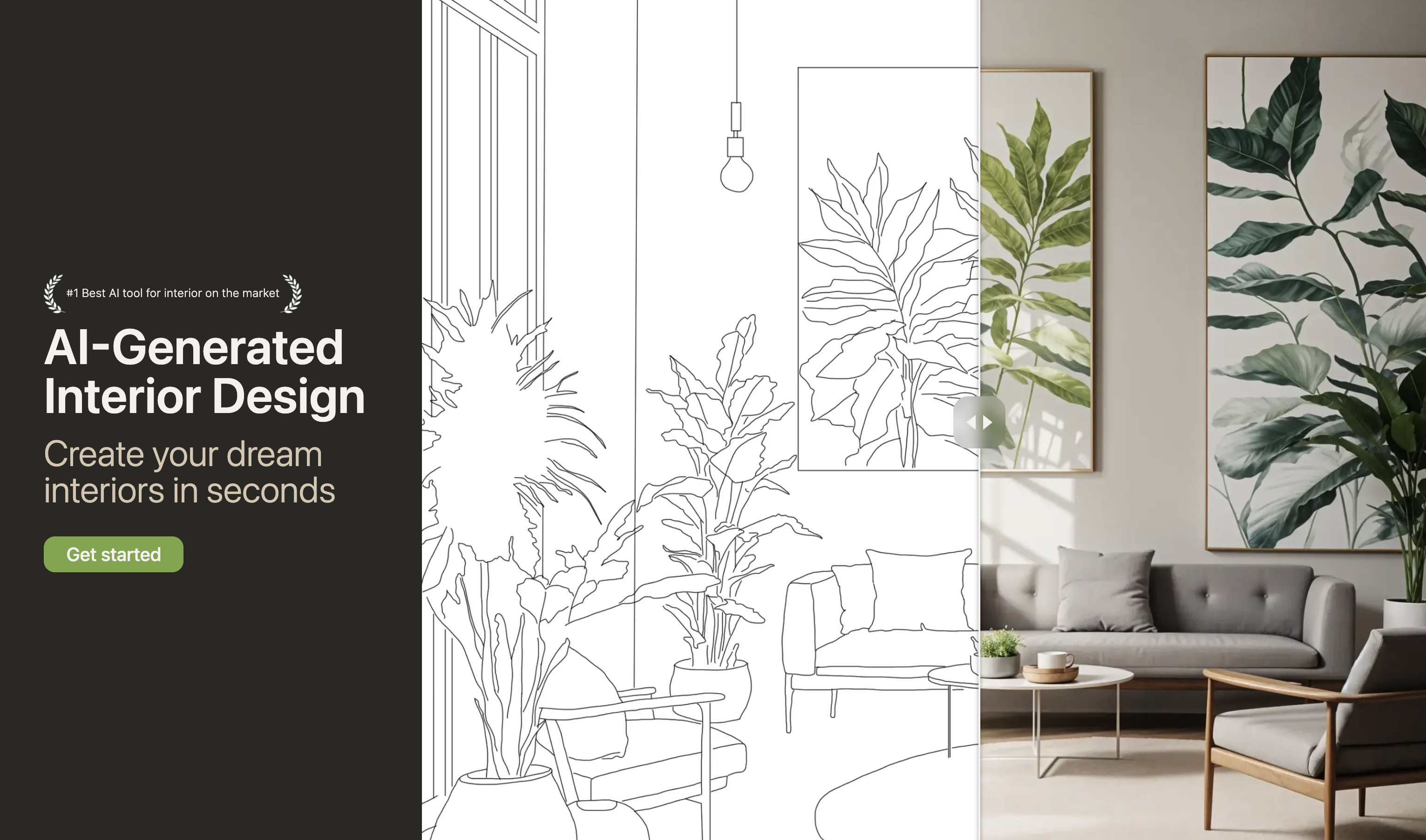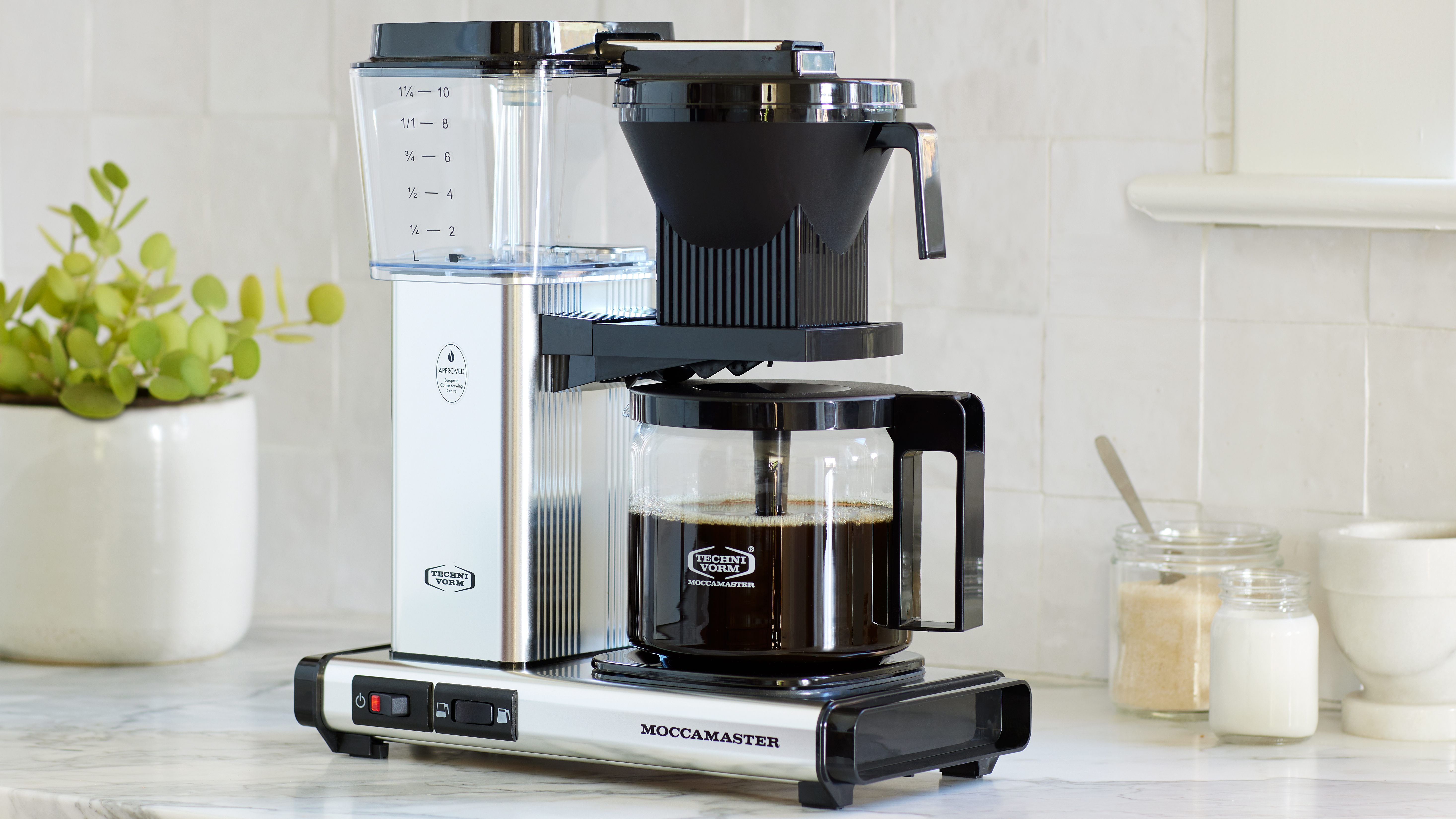Why the biggest mistake an interior designer can make right now is ignoring AI
An interior design expert explores the future of the industry.

Designers need to lead with their human strengths. AI tools can generate design renderings, but it’s the designers who make the final decisions, refinements, and bring them to life in the real world.
There’s this widespread misconception that AI will replace people in most creative work. That simply isn’t true. Humans still need to be kept in the loop. No technology will ever replace a well-trained designer who empathises with how people want to live and move within a space – the most influential interior design trends all came from designers.

Empathy, problem-solving, emotional intelligence, and an intuitive understanding of how spaces should be lived in are just some of the human skills to nurture. As custodians of interior design, designers also need to ensure that renderings are actually feasible in a given space.
They’re also custodians of their clients, and should respect and protect data privacy, too. Designers must have a clear understanding of data consent and disclosure around AI use.
AI is a tool that needs to be managed. Make sure to monitor its performance. At Decorilla, we don’t just measure AI success by how many pretty renderings our tools generate. We keep a pulse on whether it’s helping our designers tighten up project timelines, gain faster approvals, more strongly align with budgets, and achieve fewer change orders.
How designers are actively adapting and upskilling to stay ahead

Leaning into human strengths like emotional intelligence and critical thinking is one area that designers need to upskill so they can stay ahead.
Knowing how to prompt AI is another skill on its own. Crafting prompts that are interactive and testable is shaping how AI is being used in interior design.
Daily design news, reviews, how-tos and more, as picked by the editors.
I recommend building prompt libraries and design playbooks for AI. Our designers use reusable prompt stacks for considerations like materials, lighting, project constraints, and styles, which enables them to maximize AI tools throughout the design process.
As custodians of good interior design, designers also need to brush up on technical skills surrounding the use of AI tools. The final sign-off on a concept sits with the designer. Know how to elevate AI concepts with small but powerful touches like pro visualization, lighting realism, scale accuracy, and fixtures.
Before sharing anything with a client, designers must always conduct internal reviews to ensure designs are original, high-quality, and in keeping with the brief. Our designers always conduct an originality check, ensuring any design is genuinely ‘ours’ before presenting it to a client.
How the industry is educating professionals to keep pace with AI
Don’t expect designers to become data scientists, but it is important for them to be able to oversee, prompt, and critique AI. I like to approach it like a new hire: the technology is actively contributing to a project, and so needs to be managed accordingly.
Hands-on training on using AI tools, where designers can practice testing prompts and become familiar with how to critique and adjust renderings, is so important. Short, practical courses on specific skills like prompt design are a great way to build skills and keep pace with AI tools. These micro-courses are super agile and can be adapted to emerging tools, so it’s much easier for designers to refresh their skills this way.
For any studio using AI in their design process, I also recommend holding frequent workshops for teams to test prompts and compare renderings. AI playbooks aren’t a one-and-done thing, which is why having these workshops to review processes and assess what’s working and what can be improved is hugely beneficial.
Another way to educate professionals is through a mentorship approach. Designers who are more seasoned in using these tools can coach colleagues. It’s also a great team-building activity.
Finally, education around AI shouldn’t just happen internally. Transparency around AI use in design projects is a non-negotiable, and designers should be able to walk their clients through how the technology is used to bring their dream interior to life.
What this means for the future of design
Hyper-personalisation is the future of design thanks to AI. Designers using this technology will be able to deliver mass customization that still has soul. AI is enabling designers to produce immersive and stunning designs faster and from the get-go, meaning clients are even more deeply involved throughout the design process.
Obviously, one of the greatest outcomes is the speed of delivery. AI is helping designers achieve shorter project timelines and better fits more quickly, in days, not weeks or months. We’ve also seen fewer revisions along the way. Customisation and minute changes are more feasible thanks to AI-generated renderings.
However, the biggest impact we’ve seen is that this technology is making design, including luxury interior design, more accessible to more people. At the same time, it’s raising the bar on originality and quality of design.

Agnieszka Wilk is CEO of Decorilla, the platform that first brought VR into home design. Agnieszka is a passionate advocate for the interior design community and is deeply committed to helping designers master cutting-edge AI tools while preserving the creativity that defines their craft.
You must confirm your public display name before commenting
Please logout and then login again, you will then be prompted to enter your display name.
